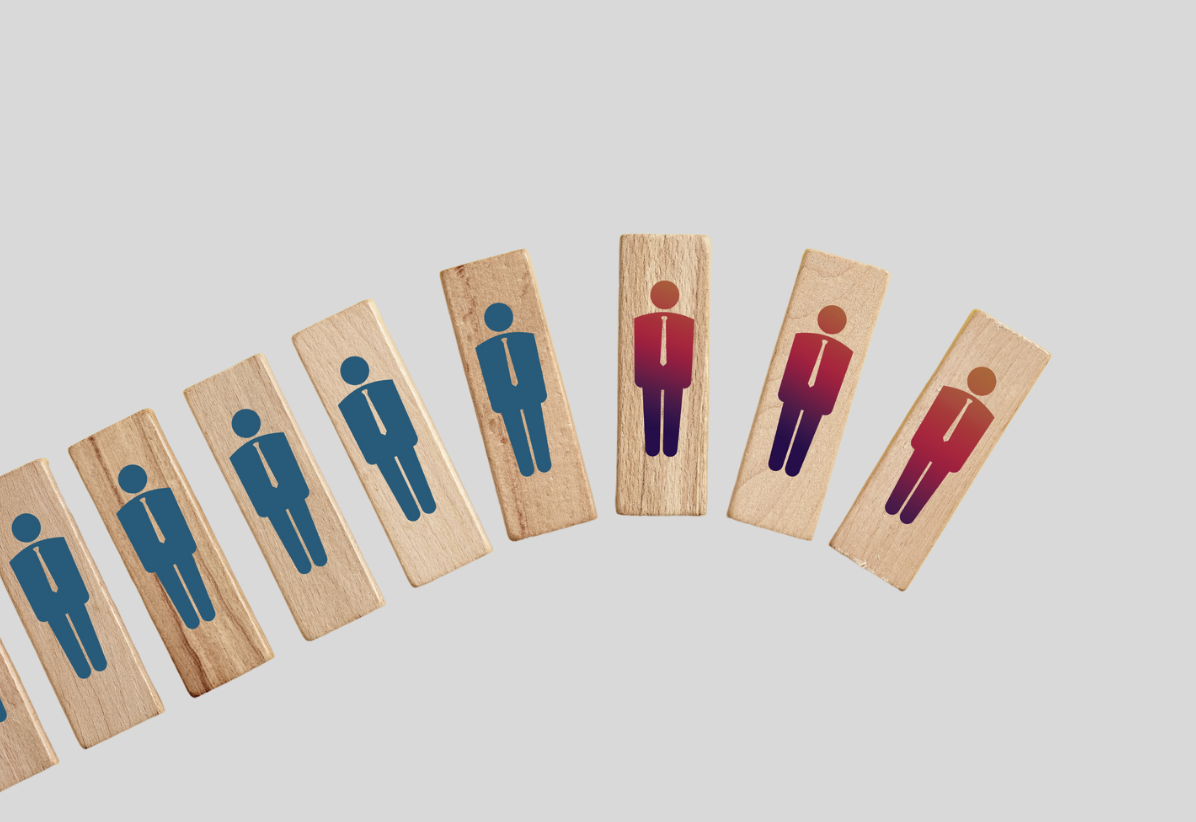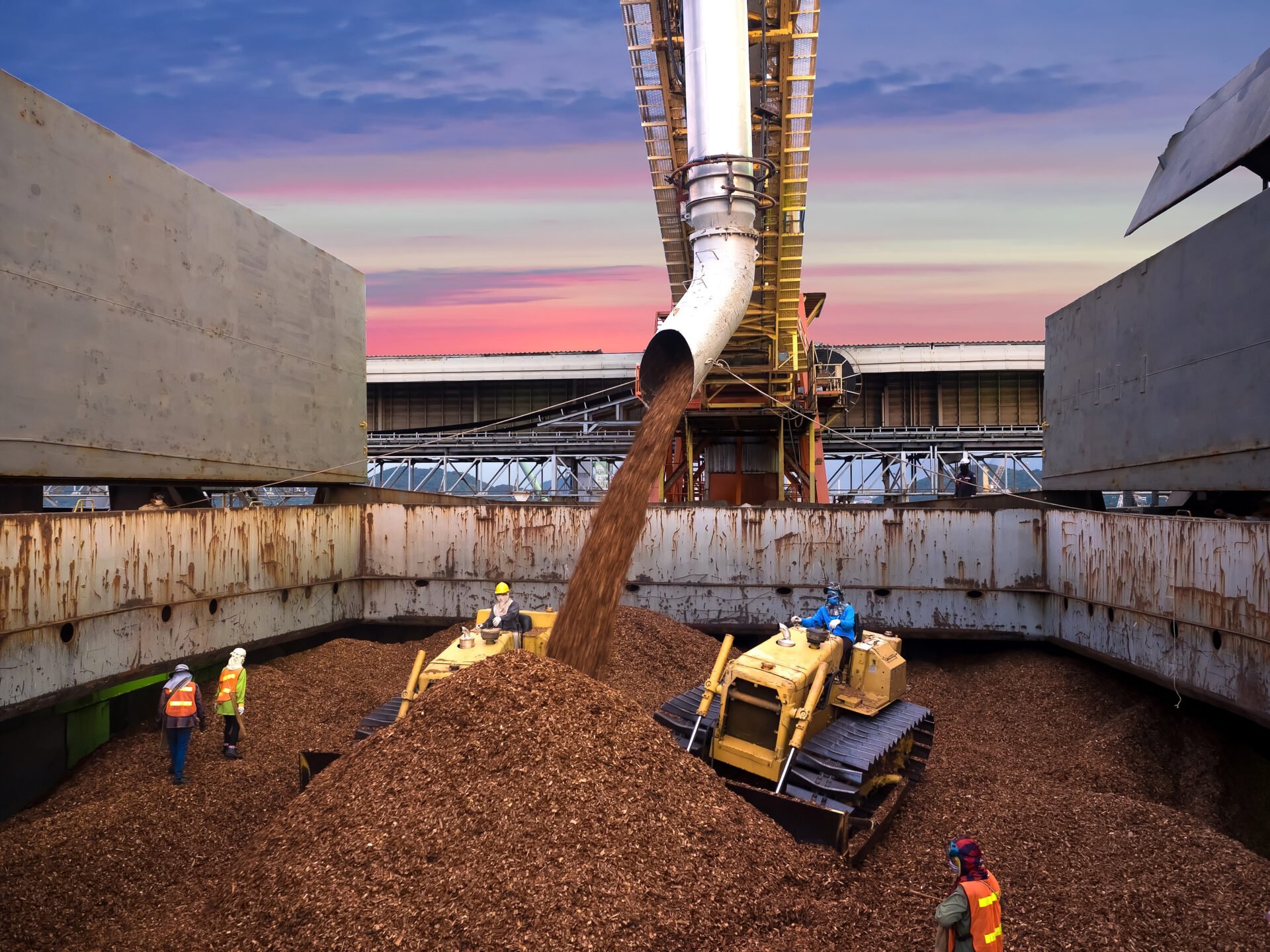A new noise API for sound classification in building sites
Noise pollution monitoring devices manufacturer Sonitus Systems partnered with Gemmo to design a noise API for sound classification, which automatically recognises and labels sounds. Noise levels on construction sites re...

Noise pollution monitoring devices manufacturer Sonitus Systems partnered with Gemmo to design a noise API for sound classification, which automatically recognises and labels sounds. Noise levels on construction sites represent a concern for health, safety, and environmental pollution.
If you manage a construction site, you must be aware of the noise level regulations. You also must comply with these regulations to prevent complaints, fines, or, even worse, the closure of your site. Most construction companies use noise monitoring devices to measure noise levels and ensure they don’t exceed limits.
However, the big challenge is to understand which on-site activities are causing high noise levels. How can you do that in a quick, efficient and reliable way?
Rethinking Noise pollution monitoring: Where is the noise coming from?
Sonitus manufactures noise level monitoring devices which are installed in a variety of environments. These include:
- construction sites,
- quarries,
- factories,
- smart cities,
- any other sites where there is a need to monitor noise pollution levels.
As noise level regulations have become stricter, Sonitus realised that measuring noise levels is no longer enough.
There was a need to understand which activities caused high-level noises at any time. Their noise monitoring device already featured an audio-capture function, which enabled it to record an audio clip every time the noise level rose above the limits.
After being collected, the recordings were stored in the cloud. At this stage, the project or factory manager had to listen to the recordings individually. Furthermore, they then had to pinpoint where the noise came from. This was the only way to understand which machine or process was causing the high noise level on the site.
Needless to say, this was a very time-consuming and expensive task. As the number of recordings increased, the number of man-hours required by this process became enormous.
Still, this was a critical job, as the results of this analysis can influence important decisions, like the closure of a building site in case the noise level is too high. So, how could Sonitus help its clients speed up this task while maintaining the highest level of reliability?
The root of the issue
At first, their team of engineers tested off-the-shelf solutions. They tried a few online tools which allowed them to upload audio samples, train them and test them. Not only did this approach turn out to be very time-consuming, but these tools were not fit for purpose because they listened out for specific sounds.
For example, home security systems listen out only for breaking glasses. In Sonitus’ case, the problem was the opposite. Given the recordings of unidentified sounds, they needed to label (or classify) each sound to understand where it was coming from.
The Design of a New Noise API for Sound Classification
From our very first meeting with Sonitus, it was clear that we needed to build a dataset containing the sounds captured by Sonitus’ noise pollution monitoring devices. We also needed to create a noise API which would:
- Work with unlabelled data.
- Label sounds using a large-scale library of known sounds.
- Enable Sonitus’ clients to classify sounds accurately and automatically to understand which activities cause the noise levels to rise above the limits.
- Segment each audio stream using temporal windows and classify the segment appropriately.
- Run on the cloud.
- Require low power consumption.
The First Step: brainstorming a noise API for sound classification
The new noise API for sound classification had to be integrated into Sonitus’ devices. Therefore, the first step was to benchmark different solutions directly on Sonitus’ devices. Following this, we then studied the trade-off between the accuracy of each solution and computational costs. The result of this study paved the way for the development of the Machine Learning model.
The Second Step: building the dataset
The second step was to build the dataset. We included sounds captured by Sonitus’ devices and pertaining to a specific Use Case. This covered most of Sonitus’ customer base. As well as this, we incorporated a comprehensive range of background noise.
We then took a sample of several thousand sounds and tried to understand which terminology better described them. Eventually, we decided to use taxonomies with which sounds are universally classified in the industry.

audio taxonomy
We paid particular attention to creating a dataset which contained sound samples from all the different types of working environments.
The Final Step: deploying the noise API for sound classification
Finally, the third and last step was to use the Gemmo platform to launch an annotation campaign. This was necessary in order to train and test the classifier to produce “deployment-ready” models embedded into Sonitus’ devices.
We are Helping our Customers Understand their Data
We interviewed Paul McDonald, CEO of Sonitus Systems, to ask for feedback on the final result of our noise API for sound classification.
“The product is a huge success with the customers who are facing that problem, who are those guys who need to classify thousand of audio sample files,” explained McDonald. “Now they log into the cloud platform, they know the measurement is automated, and they have an automatic dashboard that shows them that 90% of their highest noise level is coming from traffic, for example.”
The tool is now being used by Sonitus’ customers worldwide. The applications of the new noise API for sound classification are many and varied, from redesigning hospitals to designing smart cities and predicting maintenance in industrial facilities.
“Being able to tell our customers that we (Sonitus) have a team of AI experts added value to them (the customers) because they are reassured that there are a lot of resources and expertise behind our tools”, Paul continued. “We are helping our customers understand where to focus. They have thousands of data, and we are telling them what data they have to pay more attention to.”
Customers of noise monitoring devices need to know the product their getting is highly accurate and action-driven. Customers are likely to side with companies who have already made the leap to AI integration.
Author Manuela Armini



